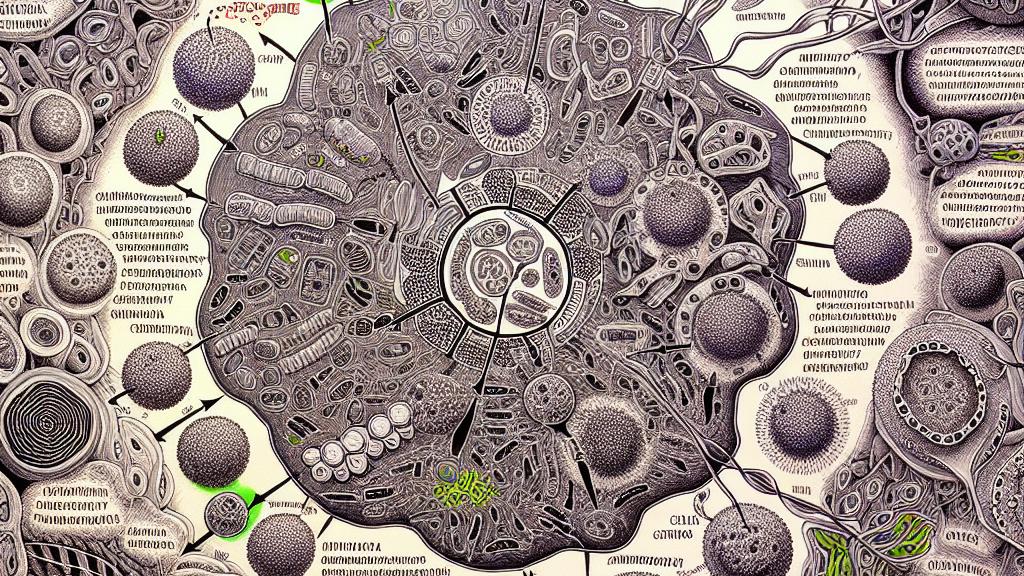Understanding Protein Variants During Cell Division
Overview
- Cells creatively produce diverse protein variants during mitosis, crucial for various cellular functions.
- An intricate web of genetic mechanisms orchestrates the regulation of these proteins.
- Insights into these processes promise to enhance our understanding of health and disease significantly.

The Fascinating Realm of Protein Variants
Recent research coming from the prestigious Whitehead Institute in the United States has uncovered an astonishing fact: our cells produce a vivid array of protein variants during the process of cell division, known as mitosis. It’s not just a matter of producing one type of protein; rather, cells harness a rich tapestry of variants, each tailored to meet specific functional roles. This perspective shifts the narrative from viewing these variants as insignificant byproducts to recognizing them as key players in maintaining cellular health. Researchers like Iain Cheeseman illustrate that cells employ elaborate regulatory strategies to decide which variants to produce, dynamically responding to the unique challenges presented during mitosis. For example, in the face of stress, such as exposure to chemotherapy, the ability of a cell to adjust its protein production becomes vital for its survival.
Decoding Regulatory Mechanisms in Mitosis
Digging deeper into this fascinating field reveals intricate regulatory mechanisms at play during cell division. Typically, the accepted idea that one gene corresponds to one protein doesn’t quite capture the reality; recent discoveries suggest that a single gene can be read from multiple starting points, leading to a spectacular diversity of protein variants. During mitosis, ribosomes—those essential protein-synthesizing machines—display heightened selectivity in choosing their start codons. They may opt for only those with optimal sequences, ensuring that proteins synthesized are not only suitable for the cell’s immediate needs but also strategically crafted for resilience in high-stakes environments. Take, for instance, when a cell experiences a pause in division; the ability to switch protein production patterns can mean the difference between survival and cell death.
Transformative Implications for Biology and Medicine
Understanding these dynamic regulatory mechanisms does not merely enrich our scientific knowledge; it holds transformative potential for the field of medicine. Imagine the revolutionary implications of computational models like RaSP, which can predict protein stability changes with remarkable precision. By employing these models, researchers can delve into the intricate differences between benign and pathogenic variants, illuminating new pathways for targeted therapies. Such insights could revolutionize treatment strategies, personalize medicine, and ultimately improve patient outcomes. As we continue to explore the vibrant landscape of protein variants, we not only enhance our understanding of cellular biology, but we also forge new paths in the fight against complex diseases, demonstrating that science, at its heart, is driven by the quest to improve human health.

Loading...